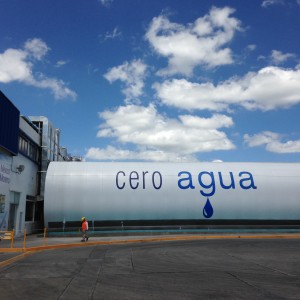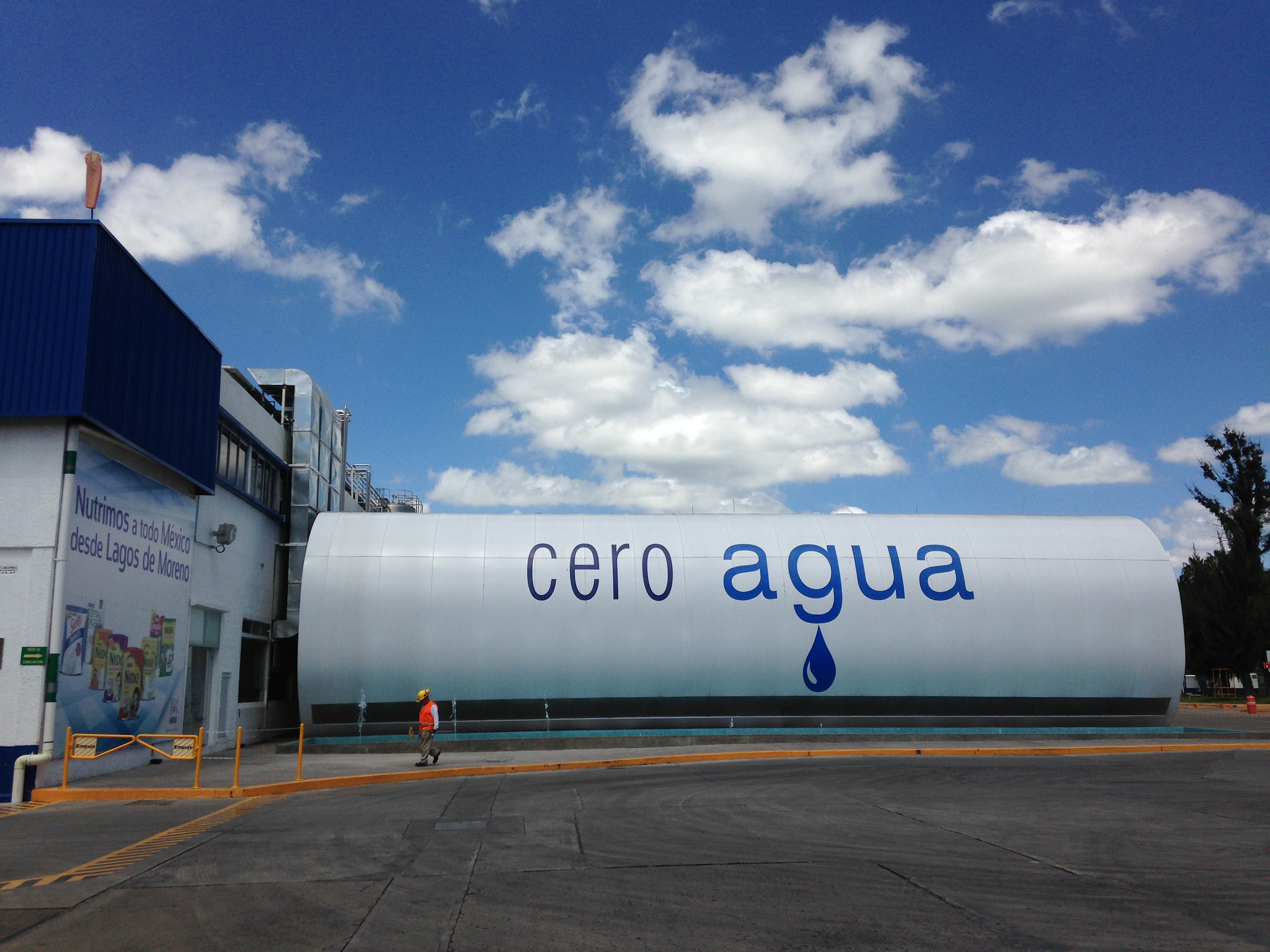After opening its first ‘zero water plant’ in 2014 and creating a revolutionary solution to the growing water crisis across the globe, Nestlé has recently unveiled their plans to develop a second facility.
Nestlé has announced its plan to transform its Modesto, California milk factory into another facility which will make use of the same technology first utilized in the Mexico ‘zero water’ factory.
This means that the Nestlé USA milk factory will not be utilizing any local freshwater resources for its operations and will instead extract all its water requirements from milk used in manufacturing dairy products.
According to its Head of Operations, Jose Lopez, “Technology that we have deployed successfully elsewhere in the world is meant to address the challenges brought by water scarcity. This will definitely generate more efficient use of water. With the current crisis we are facing in California today, this will help relieve underlying pressure on the state’s water resources.”
Astounding Reduction in Water Consumption
The zero water project which is due to be finished by early 2016, has an investment of $7 million.
The forecast results, however, from this particular endeavour prove to deliver dramatic changes in the world of manufacturing.
On a yearly basis, this particular project will allow savings of at least 63 million gallons of water.
This is a 71 per cent equivalent of absolute withdrawals slated in its 2014 report.
For its Tulare and Bakersfield factories, for instance, a total of 26 million gallons of water had been positively identified as water savings.
This alone has the potential to trim down both plants’ absolute annual withdrawals to approximately 12 per cent in comparison to last year.
With the growing water crisis in California, this year’s goal for its bottling plants aims to increase its conservation protocol by a steeper reduction on its water consumption.
It aims to save approximately 55 million gallons of water, which covers an approximate eight per cent total reduction rate as that of 2014.
The Three-Tiered Method
Nestlé engineers utilize a three-phased approach in reducing its factories water consumption level.
On its first tier, its engineering team searches and accumulates ideas and methods on how to optimize the processes involved.
Then, on its second stage, they find or formulate opportunities that allow reuse of water. A concrete example for this is the utilization of cooling water in vacuum systems.
In its third and final phase, innovative methods are being deployed as a means to extract water content from raw materials and then recycle them for plant operation utilization.
The California plant will be using ‘water target setting’ methodology, an approach that has been used by more than 80 of its factories across the globe.
This particular method is used to identify opportunities of reducing water usage by 10-30 per cent (depending on where the factory is located) and subsequent implementation of appropriate technology to achieve its goals.
Photo courtesy of Nestlé

